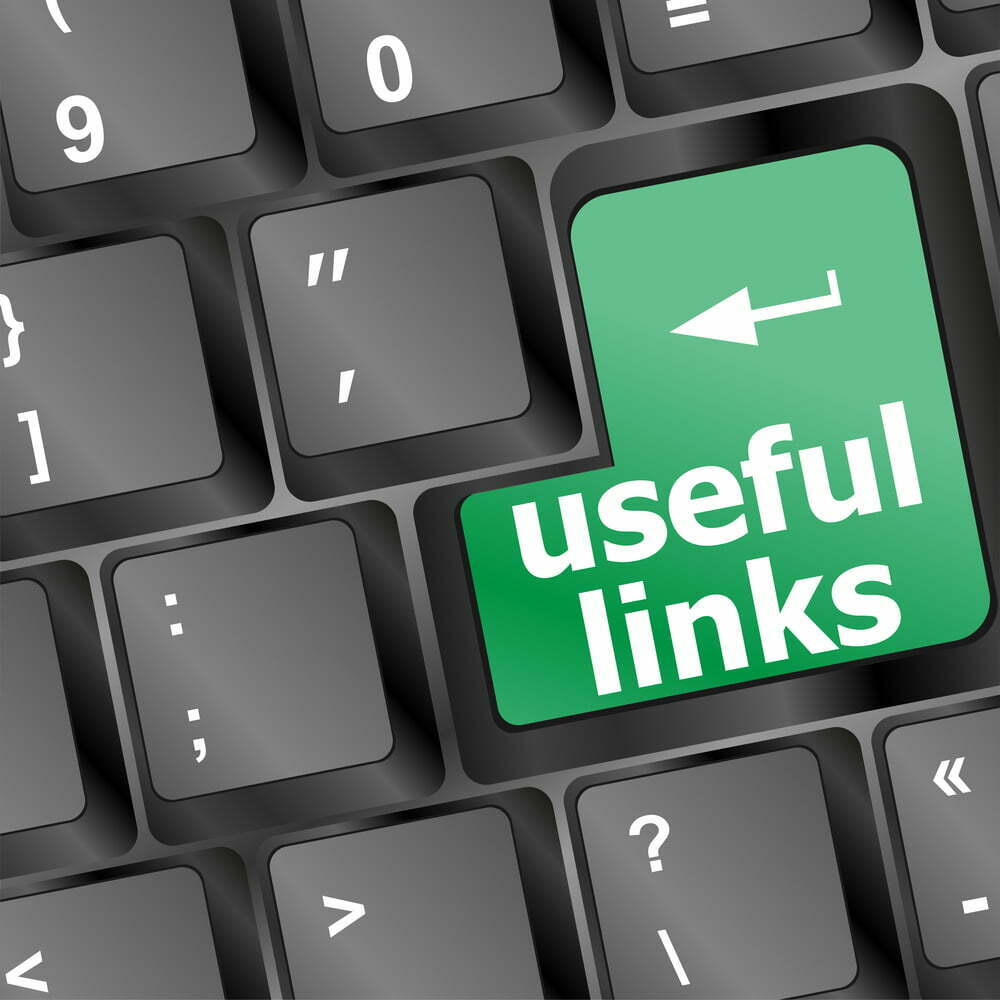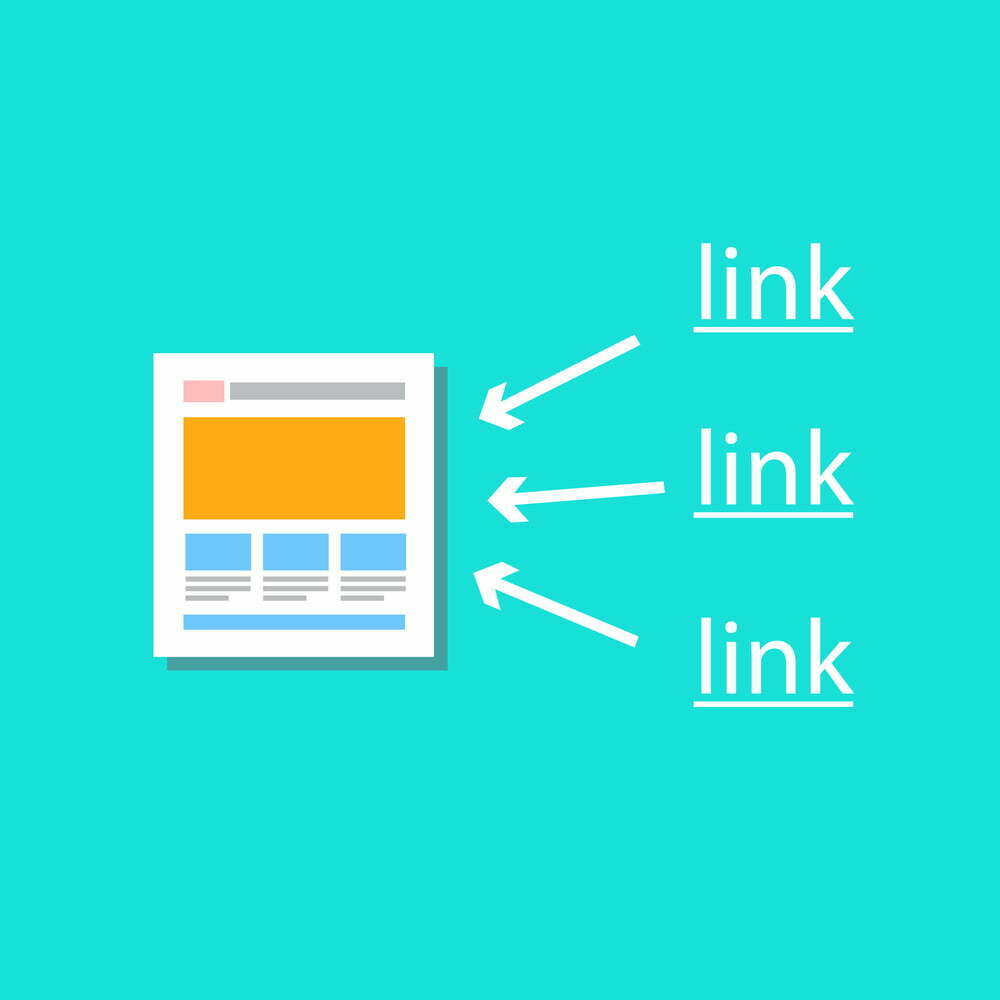A solid off-page strategy is essential if you want to succeed in the world of SEO. The point of your off-page strategy is to acquire links from high-authority pages.

Doing that is, of course, easier said than done. Finding sites that are willing to link to the content you’ve built might be easy enough if you work your guest posting muscles. Ensuring that those backlinks are from high authority pages?
That’s a little more difficult.
Enter Tier 2 link building—a tactic that can boost your off-page SEO in subtle but meaningful ways.
An explanation is in order. Tier 1 links are backlinks to your pages. Tier 2 links are links to pages that link to your pages. (You can probably guess what Tier 3 links are.)
The goal of building Tier 2 links is to establish the authority of pages that link to your site. This is often easier than acquiring links from high-authority pages.
I’m going to teach you how to build a whole network of Tier 2 links using a variety of techniques and tools. No black hat tactics here—this is all above board and provides useful content for users and useful context for search engines.
Before I dive into the details, though, here are a few examples of pages you might build Tier 2 links from:
- Social media profiles
- Web 2.0 properties (Pinterest, Medium, etc.)
- Profile links
- Directory links
- And more
Be careful of which sites you build Tier 2 links (or any backlinks) from. PBNs and other shady link sources are being hit hard by the latest link spam update—even your Tier 2 links should be from high-quality, reputable sources.
With that in mind, let’s start building Tier 2 links.
How to build Tier 2 links
Tier 2 links assist in a number of ways:
- They help your off-page SEO by building the authority of the pages that backlink to you.
- They help you build a better relationship with your link partners.
- They provide an added layer of protection against algorithm updates.
To gain all of these benefits, you need to build your Tier 2 links the right way. Here are a few strategies you can use:
Use Tier 1 link-building strategies for Tier 2 links

There’s no reason your second-tier links can’t be built in the same way that you’d build first-tier links. A number of classic link-building strategies work well here, including:
- Guest posting
- Broken link building
- Niche editing
- And similar strategies
Obviously, second-tier links have a higher opportunity cost than first-tier links, as they carry fewer benefits. As such, most agencies dedicate their guest posting efforts to building Tier 1 links.
That leaves strategies like broken link building (where you find broken links and prospect the webmaster to replace those links with links to pages you care about) and niche edits (where you ask site owners to link from their site to the page you care about).
These strategies still take time and effort, but they take a lot less time and effort than guest posting does. I recommend them when building second-tier links.
Ask webmasters to add internal links to your guest posts
We’re trying to build up page authority—and, as you all know, internal links help do just that. We want the link juice from other pages on the site to boost the page that links to ours, so ask the webmaster to link to your guest post—or to any other page that links to yours!
Make this as easy as possible for them. Find related pages on their site, look for appropriate anchor text, and tell them exactly where they can link from when you email them. No one wants to work hard for no reason—do the work for them, and you’ve created a win-win scenario.
You probably know the 1/10 rule when posting on social media—1 post advertising your site for every 10 natural posts. Think of it as a microform of influencer marketing.
Second-tier links can give you a golden opportunity to use your clout on social media platforms to indirectly boost your sites without breaking the 1/10 rule. Bringing attention to articles you’ve written on sites you don’t own can seem a lot more natural (and helpful) than spamming links to your own pages.
You can put these links in your profile, in the groups you’re a member of, on subreddits, or on basically any other form of social media (LinkedIn is a great one). Links from social media profiles (and from social media in general) tend to be less powerful than most other links, but they’re an easy win, so I recommend them.
You should only rarely link from your own properties
Some of you may have had the clever idea of building second-tier links from your own properties. You link to their page, they link to yours—it’s an infinite circle of link juice!
Not so fast—this isn’t 2004. There are no infinite link juice hacks in the SEO game anymore—they’ve all been patched out. You can throw one or two links to pages that are linking to your own; any more, and you might start to look like you’re trying to game the system.
How to make your Tier 2 linking strategy more effective
I’ve got a few quick tips for ensuring that your Tier 2 linking strategy is effective:
- Target high-quality websites. Avoid PBNs and toxic sites.
- Diversify your sources. Use social media, niche edits, broken link edits, and other strategies. Target multiple different websites for links of all tiers.
- Opt for guest posting opportunities that other sites are likely to link to.
A quick note on that last point—expert roundtables and HARO are both excellent ways of garnering second-tier backlinks and high-authority first-tier backlinks.
Tools for Tier 2 link building
Any tool that helps you build links can help you build Tier 2 links. Let’s compare a few of my favorites. I’ll give brief summaries of how you can use these tools for Tier 2 link building. Keep in mind that these tools are powerful—let me know in the comments how you’ve used these tools for link building.
Comparison of different tools
Ahrefs: Features, pricing, how it can help with Tier 2 link building
Ahrefs is a powerful, all-in-one SEO tool—and there’s plenty it can do to help you build second-tier links.
I’ve done an in-depth review of Ahrefs—it’s a program I highly recommend. Here’s a summary of Ahrefs pricing and features from that review (prices are per month):
| Lite - $99 | Standard - $199 | Advanced - $399 | Enterprise - $999 |
| SEO DashboardSite ExplorerKeywords ExplorerSite AuditRank TrackerAlerts | All in Lite6 months of historyPosition history chartSERP updatesSite ExplorerContent gapBroken backlinksBroken linksOutgoing linksLink intersectCalendar viewContent ExplorerAlertsMentionsDomain ComparisonBatch AnalysisReports sharing | All in Standard2 years of historySite ExplorerSite StructureHTML sourceSoonGoogle Data StudioDashboard foldersAhrefs Search | All in AdvancedUnlimited historyAccess managementPay by invoiceDirectory listingAPISoonAudit logSoonSSO |
Both the Lite and Standard plans offer powerful tools for Tier 2 link building—you don’t even need the Advanced or Enterprise plans.
The broken links tool is an incredible way to find second-tier linking opportunities. The link intersect tool can help you find sites your competitors are getting links from—and you can use that list to build both Tier 1 and Tier 2 links. Finally, the Site Explorer can help you find the best opportunities for links by giving you insights into the authority of both sites and pages.
Semrush: Features, pricing, how it can help with Tier 2 link building
Much like Ahrefs, Semrush is an all-in-one SEO tool that I absolutely love and use all the time. I do a deep dive into all of the tool’s features in my Semrush review. Here’s a quick summary of its pricing:
| Plan | Pro - $119.95 | Guru - $229.95 | Business - $449.95 |
| Who is it for | For newbies and small teams | For agencies and mid-size businesses | For large agencies and enterprises |
| Features | 5 Projects500 keywords to track10,000 results per report | 15 projects1,500 keywords to track30,000 results per report | 40 projects5,000 keywords to track50,000 results per report |
Any of the Semrush tiers is a good choice for building links—it all depends on how many sites you’re building links to.
There are a ton of Semrush features that can help you build Tier 2 links. Its Link Building tool is one of the best pieces of link-building software in the industry. It’s a customer relationship management (CRM) and prospect outreach tool that offers:
- Prospect tracking
- The ability to build prospect email templates
- The ability to automatically import contact info
- Reminders to email prospects and follow-up
- And much more
It’s also got a Broken Link Building tool and a Backlink Gap tool, both of which operate in a very similar way to Ahrefs tools. Semrush is probably my favorite second-tier link-building tool.
Link Explorer (Moz): Features, pricing, how it can help with Tier 2 link building
One of the reasons I recommend Moz’s Link Explorer is that it’s absolutely free to use—10 times a month. You’ll get information on the Domain Authority of pages, a Link Intersect tool to find sites linking to your competitors, and more.
Ahrefs and Semrush both have more powerful features for building Tier 2 links (especially the broken link builder tools), but Moz offers the opportunity to help you build links for free—albeit in a limited capacity.
FAQ
What is the average number of Tier 2 links that should be aimed for in a link-building campaign?
There is no set average—the number varies from campaign to campaign. Here’s my recommendation: Work on building Tier 1 backlinks, then use Tier 2 backlinks to support them. Hopefully, some Tier 2 backlinks will build themselves, and you can build the rest. Tier 1 backlinks should, however, be your top priority.
How long does it typically take to see the effects of Tier 2 link building on search engine rankings?
Asking an SEO expert how long it will take for your efforts to have an effect is kind of like asking a wise old mystic about the meaning of life—you’re bound to get a cryptic answer.
Here’s what I can say: It will typically take at least a couple of months before you see the needle move based on your Tier 2 link-building efforts—that is, if your efforts are consistent and follow the rules of this guide.
Can Tier 2 links have a negative impact on search engine rankings if they are of low quality or come from spammy websites?
Absolutely—though the effect is less prominent than if you build Tier 1 links from low-quality websites. Even if you’re not directly penalized, you’ll find your link-building efforts were wasted—and wasted efforts are the antithesis to SEO best practices.
Is it necessary to include anchor text in Tier 2 links, or can they be left as plain URLs?
Naked URLs are fine for some of your Tier 2 anchor texts but remember: The point here is to build authority for pages with backlinks to yours. That means best practices are still at play. Natural, partial-match anchor text is usually your best bet. I’ve written an in-depth guide to anchor text if you want to learn more.
Should I use tools like Semrush and Ahrefs or an outreach software like Pitchbox for getting Tier 2 links?
Both Ahrefs and Pitchbox can be useful tools for acquiring tier 2 links, depending on your specific needs and goals. Ahrefs is primarily an SEO tool that can help you analyze and track your backlinks, as well as find new link-building opportunities. It can be particularly useful for identifying high-quality websites in your niche that may be willing to link to your content.
On the other hand, Pitchbox is a dedicated outreach and relationship management tool that can help you build and maintain relationships with potential link partners. It includes features such as customizable email templates, link tracking, and analytics, which can make the process of reaching out to potential link partners more efficient and effective.
Ultimately, the choice between Ahrefs and Pitchbox will depend on your overall link-building strategy and the resources you have available. If you’re primarily focused on finding and acquiring new links, Ahrefs may be the better choice. However, if you’re looking to build relationships with influencers and other potential link partners, Pitchbox may be a better fit. It may also be possible to use both tools in conjunction, leveraging the link-building capabilities of Ahrefs along with the outreach and relationship management features of Pitchbox.
Which would be better for getting Tier 2 links: Pitchbox or Hunter.io?
Pitchbox and Hunter.io are both tools that can be useful for acquiring tier 2 links, but they have different functions and capabilities.
Pitchbox is a dedicated outreach and relationship management tool that can help you build and maintain relationships with potential link partners. It includes features such as customizable email templates, link tracking, and analytics, which can make the process of reaching out to potential link partners more efficient and effective.
Hunter.io is a tool that helps you find email addresses and other contact information for websites and individuals. It can be useful for identifying the correct contact to reach out to when trying to build links or relationships with websites and influencers.
Both Pitchbox and Hunter.io can be useful tools for acquiring tier 2 links, but each serves different purposes in the link-building process. Pitchbox can help you streamline the process of reaching out to potential link partners and managing those relationships, while Hunter.io can help you identify the correct person to contact in the first place. Depending on your specific needs and goals, you may find one tool more useful than the other, or you may choose to use both tools in conjunction.
What are Tier 3 links?
Remember, way back at the top of the article, when I said you could probably guess what Tier 3 links are?
Chances are, you guessed right.
Tier 3 links are links to pages that have Tier 2 links, which link to pages with Tier 1 links, which link to your pages. Can you guess what Tier 4 links are?
The link tiers are like turtles—they go all the way down. Don’t worry about Tier 3 links.
Conclusion
You’re now armed with all the knowledge you need to incorporate Tier 2 link-building tactics into your overall off-page strategy. I highly encourage you to put in the effort to build Tier 2 links. Tools like Ahrefs and Semrush will make doing so a lot easier—broken links are one of my favorite ways of building Tier 2 links.
Try the tactics I’ve outlined here, and let me know in the comments if they’re working for you—or if you have any other Tier 2 link-building tactics you think I should have mentioned!



Leave a Reply
You must be logged in to post a comment.